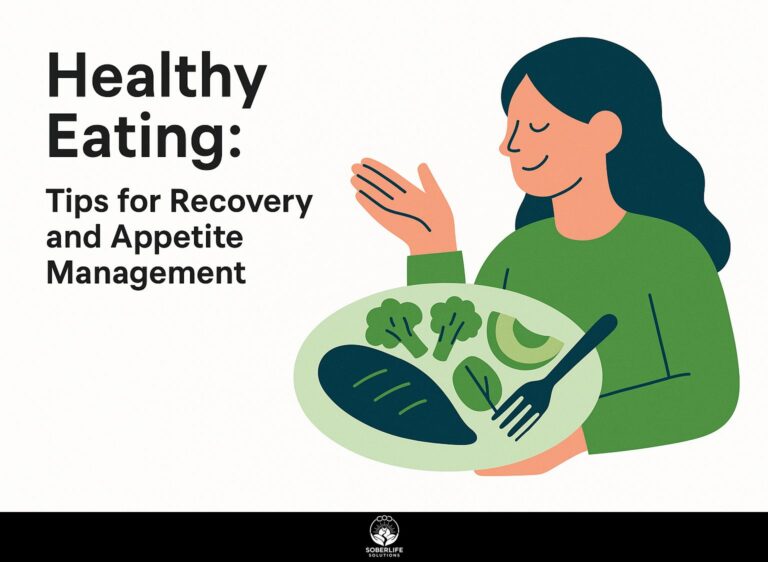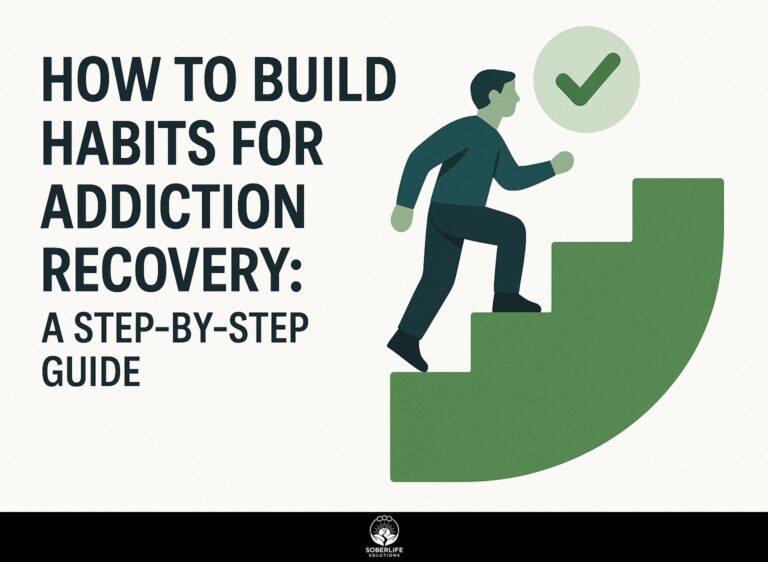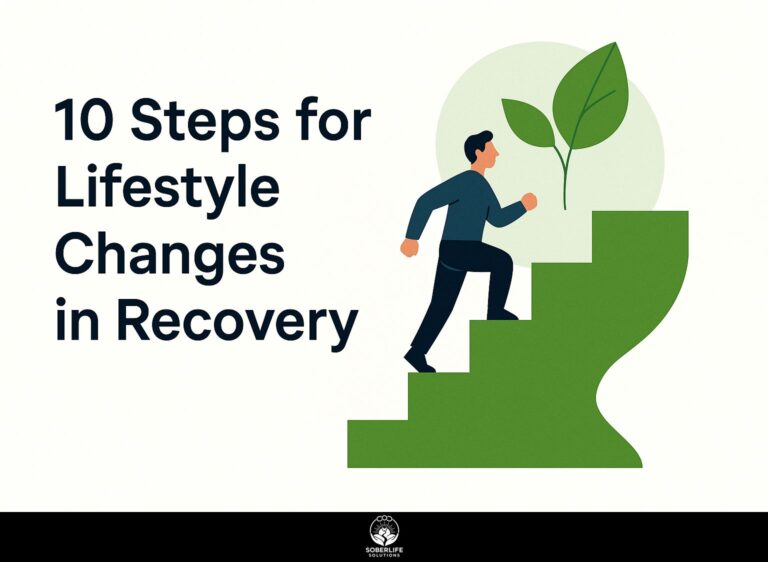Exercise as an Alternative to Drinking
Introduction to Exercise as an Alternative
Are you seeking a healthier approach to dealing with alcohol? Exercise, especially cardio workouts, can support your efforts and improve your mental health. This article will discuss how regular exercise can enhance your well-being and offer suggestions for swapping drinking with an enjoyable fitness routine. Learn about the benefits of exercise and how it can change your life!
Key Takeaways:
- Exercising is better for your heart and helps strengthen your muscles compared to drinking alcohol.
- Regular exercise helps mental health by reducing stress, anxiety, and depression, providing a natural lift in mood without the harmful effects of alcohol.
- Working out with friends or joining group classes can increase motivation and make exercising an enjoyable, sober choice.
Benefits of Exercise Over Alcohol
Exercise has many advantages that can greatly surpass the negative effects of drinking alcohol, affecting both physical health and mental wellness. According to a study published by the University of Sydney, physical activity may help mitigate some of the harmful impacts of alcohol consumption. Furthermore, adopting lifestyle changes in recovery can significantly enhance overall well-being and support healthier habits.
Physical Health Improvements
Regular exercise can improve your heart health, help your body utilize energy better, and significantly lower the risk of chronic diseases such as diabetes.
The American Heart Association recommends that people engage in at least 150 minutes of moderate aerobic exercise every week. Activities like brisk walking or cycling can help manage weight and lower blood sugar and cholesterol levels.
Strength training two times a week speeds up metabolism by building muscle. Regularly doing these exercises helps manage weight and boosts energy, making it easier for people to stay active in their daily routines.
Mental Health Benefits
Regular exercise can help reduce symptoms of depression and improve mental health, similar to the benefits of cognitive-behavioral therapy.
Doing physical activity releases endorphins, which can improve your mood. Studies by Hallgren and Brown show that just 30 minutes of moderate exercise, such as brisk walking or cycling, can significantly lower anxiety levels. According to a report from UCLA Health, engaging in regular physical activity has a strong link to enhanced mental well-being.
Choosing a routine that combines cardio exercises with strength training can lead to great results. For example, targeting at least 150 minutes of moderate activity each week can significantly improve your mental health.
Types of Exercises to Consider
Various types of exercise can match different fitness levels and personal likes, so it’s good to try out a few options to see what you enjoy the most. According to the CDC, adults should engage in regular physical activity to maintain good health. If you’re looking to establish a routine, consider checking out our guide on how to build a workout habit, which offers practical tips to help you stay consistent.
Aerobic Activities
Running, biking, and swimming raise your heart rate and promote heart health.
To reap the benefits, aim for at least 150 minutes of moderate aerobic activity weekly. For instance, you could jog for 30 minutes five days a week, or cycle at a moderate pace for about 40 minutes three times a week.
Tools like Fitbit and Strava allow you to monitor how long and how hard you exercise, giving you information about your progress. Mixing in different activities, like brisk walking or HIIT (High-Intensity Interval Training), can help keep your routine interesting.
Strength Training
Adding strength training to your routine can build muscle, speed up your metabolism, and improve your overall health.
To reap these benefits, aim for at least two to three sessions per week. Start with foundational exercises like squats, deadlifts, and bench presses, focusing on correct form.
Use resistance bands to add different options to your home workouts. Keep track of your exercises on apps like MyFitnessPal to monitor your progress and set clear goals.
For beginners, consider starting with lighter weights or using body weight to build a strong foundation before gradually increasing intensity.
Creating a Balanced Routine
A balanced exercise plan includes different activities to promote fitness and keep things interesting. Incorporating elements of a balanced diet and nutrition can further enhance your overall health and well-being.
Setting Realistic Goals
Setting realistic fitness goals can improve confidence and motivation, helping you stick to your routine over time.
Set clear fitness goals using the SMART method. Instead of saying, “I want to run more,” you could say, “I will run 5 kilometers three times a week for the next month.” This goal is clear and has a timeline, which makes it easier to track your progress.
Use apps like Goalsetter to monitor your workouts and check your progress. Habitica can make your exercise routine more enjoyable by turning it into a game.
By dividing your goals into smaller tasks, you can build a lasting fitness routine that keeps you motivated over time.
Incorporating Variety
Mixing up your workouts makes them interesting and helps work different muscles, which stops progress from stalling.
To add variety, consider integrating different types of classes like yoga for flexibility, HIIT for endurance, or strength training for muscle building.
Changing your workout locations, such as switching between the gym, park, or even your living room, can stimulate your routine.
Spending time outside by hiking and biking is fun and beneficial for your heart.
For free classes, platforms like YouTube offer an array of workouts, allowing you to try something new each week without the commitment of a membership.
Social Aspects of Exercise
Working out with friends or in a group can help you stay committed and make exercising more fun. Additionally, those looking to enrich their social interactions in recovery might find our article on social life challenges solutions in recovery particularly useful.
Finding Workout Buddies
Exercising with a friend helps you stay committed and makes the workout more enjoyable and less intimidating.
To find a workout partner, check out local gyms and fitness classes. You can also join online groups on social media that focus on fitness in your area to meet people with similar interests.
Local gyms usually have boards where members can look for workout partners. Apps like Meetup are great for finding group exercise sessions or fitness classes in the community.
You can involve friends or family who are interested in your fitness goals. Make sure to discuss your schedules and fitness levels to create a successful partnership.
Joining Classes or Groups
Joining fitness classes or group activities builds a sense of community and encourages you to challenge yourself.
Popular options like yoga, CrossFit, and Zumba offer diverse benefits for different fitness levels.
- Yoga improves flexibility and mental focus.
- CrossFit builds strength through high-intensity workouts.
- Zumba combines dance and cardio for a fun, energetic experience.
To find fitness classes close to you, websites like ClassPass allow you to see various options in your area without needing to register for one studio. Local community centers often provide affordable classes, making it accessible for everyone to participate in fitness activities.
Take different classes to find the style that fits you best!
Overcoming Challenges
Changing from drinking alcohol to exercising can bring its own difficulties that must be dealt with for lasting success. Incorporating physical activity into your routine can be a powerful tool in your recovery journey, as outlined in our exercise strategies for addiction recovery.
Dealing with Cravings
Cravings can be intense when quitting alcohol, but engaging in physical activity can help redirect those urges.
Consider scheduling workouts during your known high-risk times. For example, if evenings are challenging, a gym session or outdoor run can effectively replace the urge.
Using distraction techniques like reading, meditating, or engaging in a hobby can shift your focus. Apps like Sober Grid provide community support, helping you connect with others facing similar challenges.
By integrating these strategies into your routine, you can build resilience against cravings while promoting a healthier lifestyle.
Staying Motivated
Staying motivated is important for successfully changing to a healthier lifestyle, and there are different methods that can help.
- Start by setting specific goals, such as losing five pounds in a month or exercising three times a week. Break these down into smaller milestones to track your progress easily.
- Set rewards for each goal, such as buying a new workout outfit or getting a massage.
- Joining social media groups can offer motivation; follow fitness influencers or participate in groups where members share their experiences.
- Using fitness tracking apps like MyFitnessPal or Strava can help you stay accountable and visualize your progress over time.
Frequently Asked Questions
What are the benefits of Exercise as an Alternative to Drinking?
Exercise instead of drinking offers many benefits, such as better physical health, clearer thinking, and more energy. Regular exercise can improve your mood by releasing endorphins, which can help lower stress and anxiety that might lead to drinking.
How can I start using Exercise as an Alternative to Drinking?
To start using Exercise as an Alternative to Drinking, begin by setting realistic fitness goals that excite you. Choose activities you enjoy, whether it’s running, dancing, or yoga, and schedule regular workout sessions. Replace drinking times with exercise to build a healthier routine.
Can Exercise as an Alternative to Drinking help with addiction recovery?
Exercise can be a helpful choice for people recovering from addiction. It can lower cravings, improve mental health, and build relationships with others through group activities. This method provides a constructive way to face challenges in recovery.
What types of exercises are most effective as an Alternative to Drinking?
Cardio activities such as running, cycling, and swimming are very helpful because they release feel-good chemicals and improve mood. Strength training and exercises like yoga and Pilates can also help with mental focus and relaxation, making them good options instead of drinking.
How does Exercise as an Alternative to Drinking affect social interactions?
Exercise instead of drinking can improve social connections by allowing you to meet new people in a healthy setting. Taking part in fitness classes or joining clubs helps you connect with others who have similar interests, building a supportive community that doesn’t revolve around alcohol.
Is it possible to replace all drinking occasions with Exercise as an Alternative to Drinking?
It can be tough to fully replace drinking occasions with exercise, but you can slowly change your habits. Begin by choosing active social activities, such as group hikes or fitness classes, instead of regular drinking events to build healthier routines.






